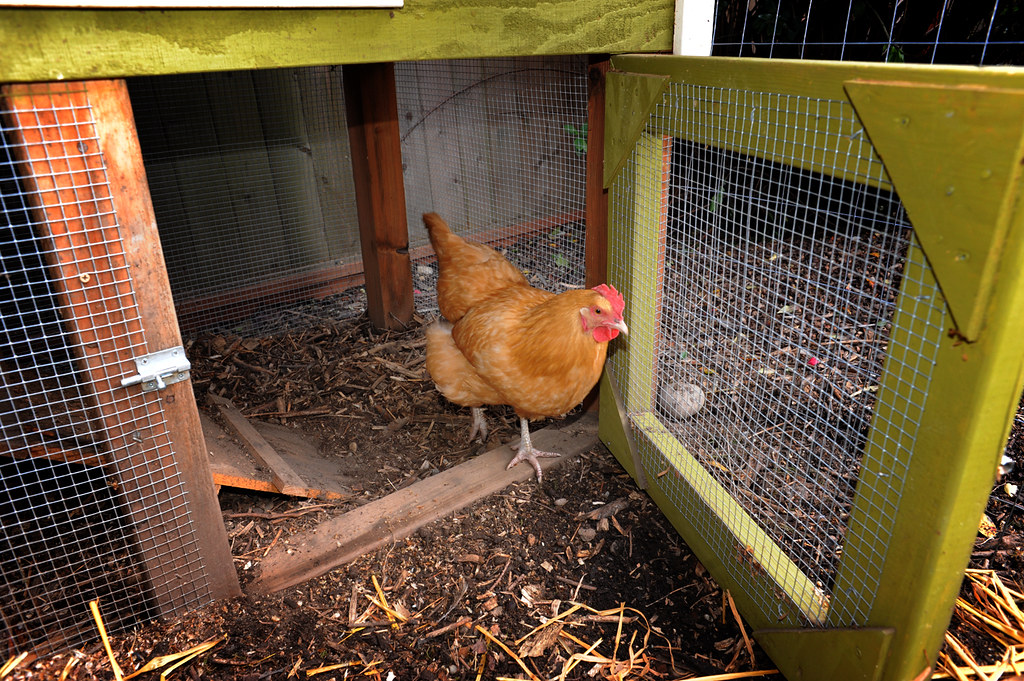In the world of natural pest control, a surprising hero has emerged in rural communities: certain snake species that act as guardians for chicken coops. These reptilian allies silently patrol the perimeters of poultry enclosures, hunting the rodents that threaten eggs and chicks. While many farmers initially fear finding snakes near their livestock, understanding the beneficial relationship between non-venomous snakes and poultry management has led to a growing appreciation for these scaled protectors. This symbiotic relationship represents one of nature’s most elegant solutions to pest control, offering farmers an organic alternative to chemicals and traps.
The Natural Predator-Prey Relationship
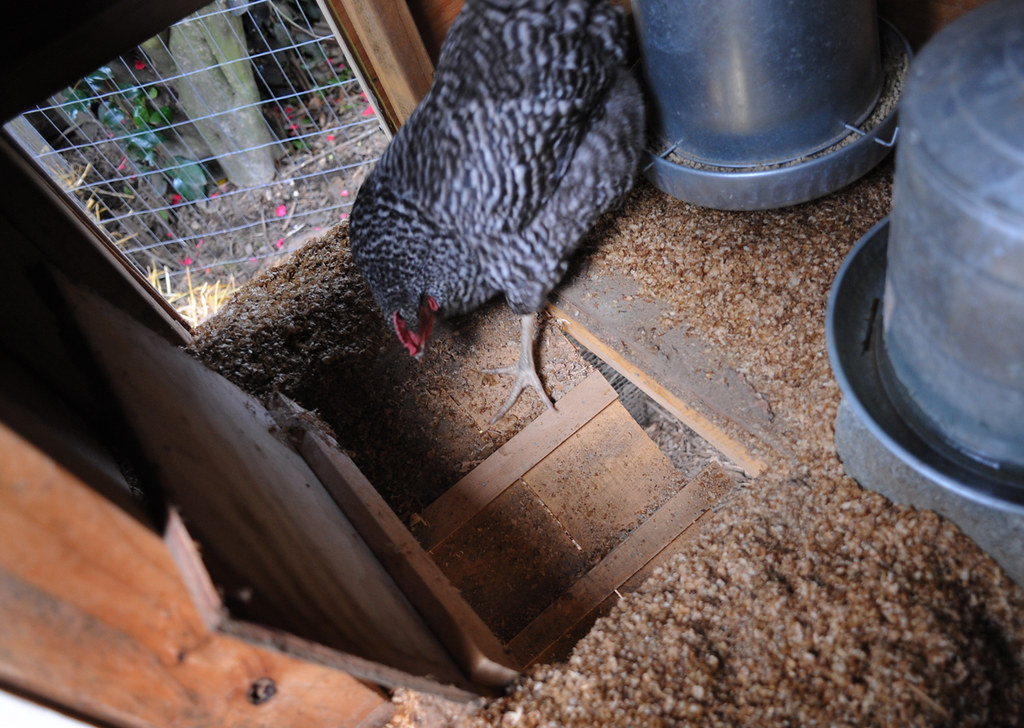
The relationship between snakes and chicken coops centers around a fundamental ecological principle: predator-prey dynamics. Rodents like mice and rats are naturally drawn to chicken coops due to the abundance of feed, eggs, and chicks that represent easy meals. These same rodents happen to be the primary prey for many snake species, particularly rat snakes and kingsnakes commonly found in rural areas. When allowed to establish territories around coops, these snakes create an invisible barrier against rodent invasions. The mere presence of snake pheromones in an area can deter rodents, who instinctively recognize the scent of their predators and avoid these zones when possible.
Rat Snakes: The Premier Coop Guardians
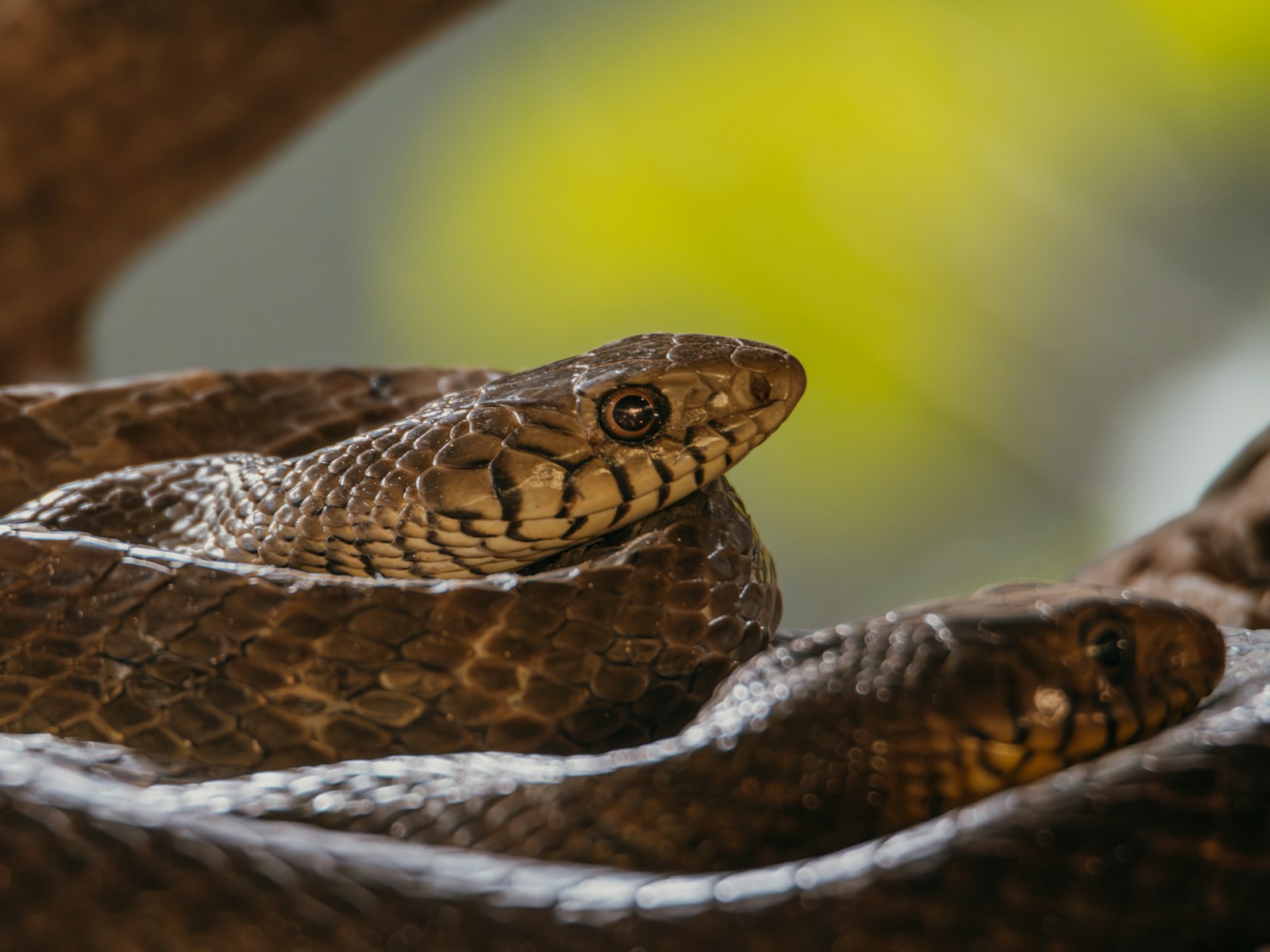
Among the various snake species that provide protection to chicken coops, rat snakes (genus Pantherophis) stand out as particularly effective guardians. These non-venomous constrictors can grow between four and six feet long, making them ideal predators for even the largest rats that might threaten a coop. Their excellent climbing abilities allow them to access areas where rodents hide, including in rafters and under coop flooring. Rat snakes have earned their name through their specialized diet focusing primarily on rodents, making them perfectly adapted for the role of coop protector. Their natural range covers much of the United States, particularly in the eastern and central regions where small-scale poultry operations are common.
Kingsnakes: The Snake-Eating Protectors
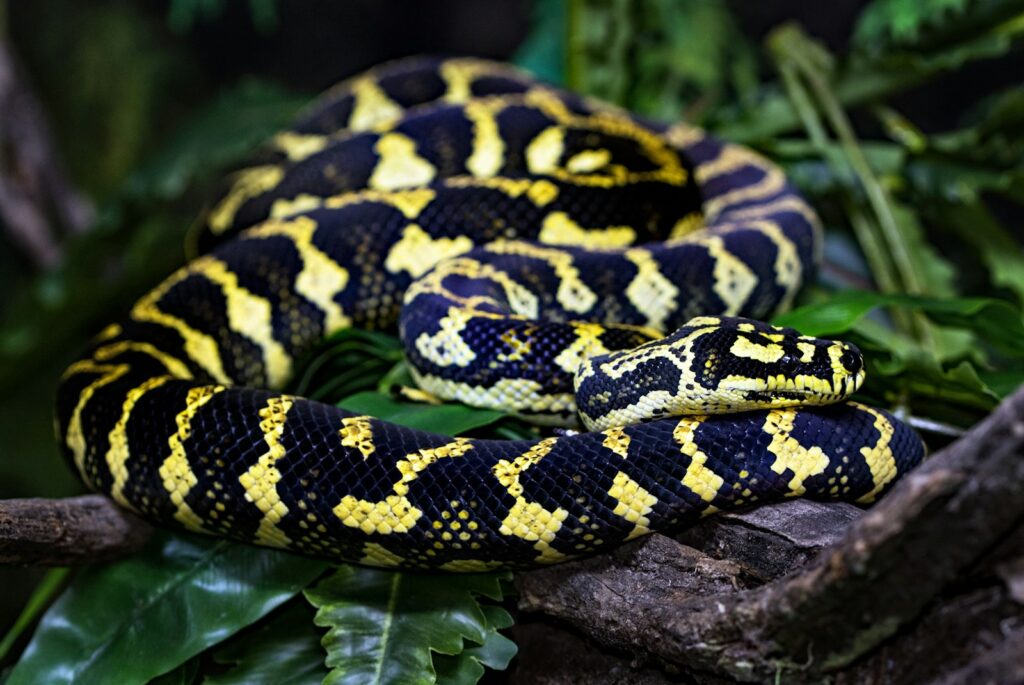
Kingsnakes offer a dual layer of protection for chicken coops that makes them especially valuable guardians. Not only do they prey on rodents that threaten chickens and eggs, but they also hunt and consume other snakes—including venomous species like copperheads and rattlesnakes. This unique dietary preference means kingsnakes can eliminate multiple threats to both chickens and their human caretakers. Their immunity to the venom of pit vipers makes them nature’s answer to dangerous snake intrusions around human dwellings. Common kingsnake species like the eastern kingsnake (Lampropeltis getula) and the speckled kingsnake (Lampropeltis holbrooki) are particularly beneficial in agricultural settings.
The Economic Benefits of Snake Guardians
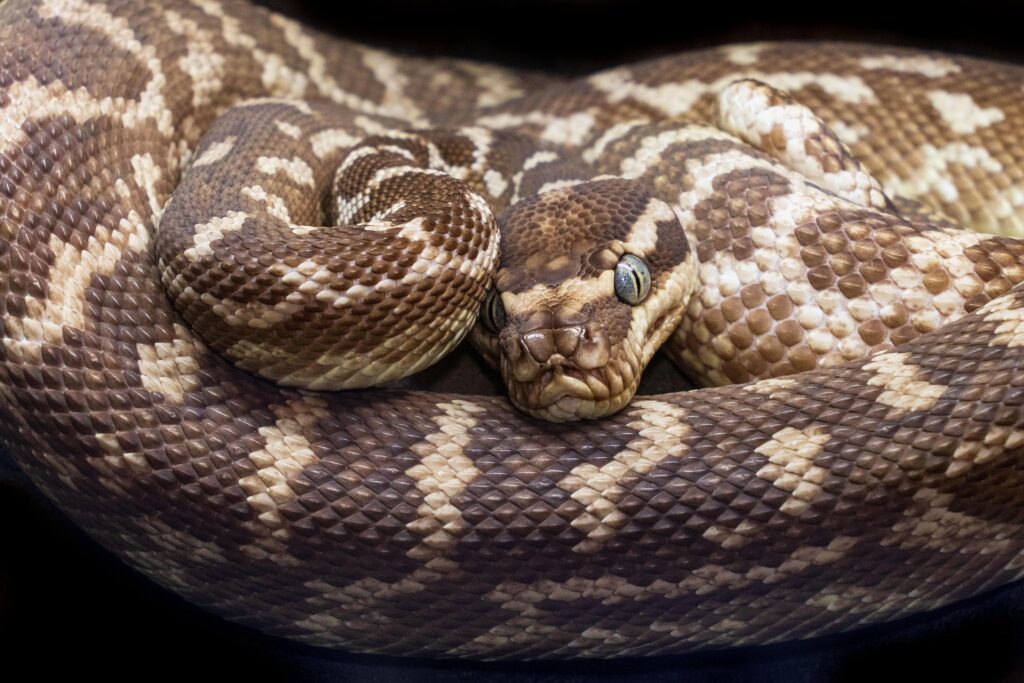
Employing snakes as natural pest control offers significant economic advantages for poultry keepers. Rodents can consume or contaminate substantial amounts of chicken feed, with a single rat capable of eating approximately 50 pounds of feed annually while contaminating much more with droppings and urine. The cost of replacing stolen eggs and treating diseases spread by rodents further increases expenses for farmers. Snakes provide this protection service completely free, requiring no special accommodations beyond tolerance of their presence. Unlike commercial pest control methods that require ongoing investment in traps, poisons, or professional services, snake guardians represent a one-time “adoption” that continues to provide benefits year after year.
Distinguishing Helpful Snakes from Harmful Ones
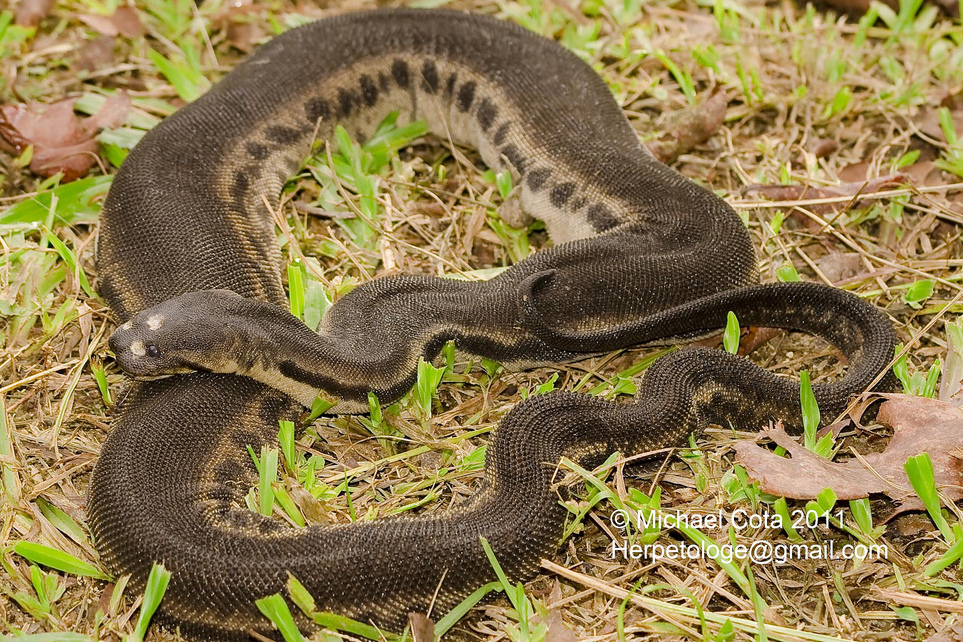
For farmers considering the benefits of snake guardians, learning to identify beneficial species becomes an essential skill. Most helpful snake species share certain characteristics: they tend to be longer, slender constrictors rather than thick-bodied venomous types. Rat snakes typically have keeled scales (with a ridge down the center), a slightly angular body shape, and distinctive patterns like blotches or stripes. Kingsnakes are identified by their smooth, glossy scales and distinctive banding patterns, often featuring alternating light and dark bands. Venomous snakes in North America, by contrast, typically have triangular heads, heat-sensing pits, and vertical pupils, though these features should not be relied upon exclusively for identification. Resources like local extension offices can provide region-specific identification guides for distinguishing beneficial snake species.
The Egg-Eating Misconception
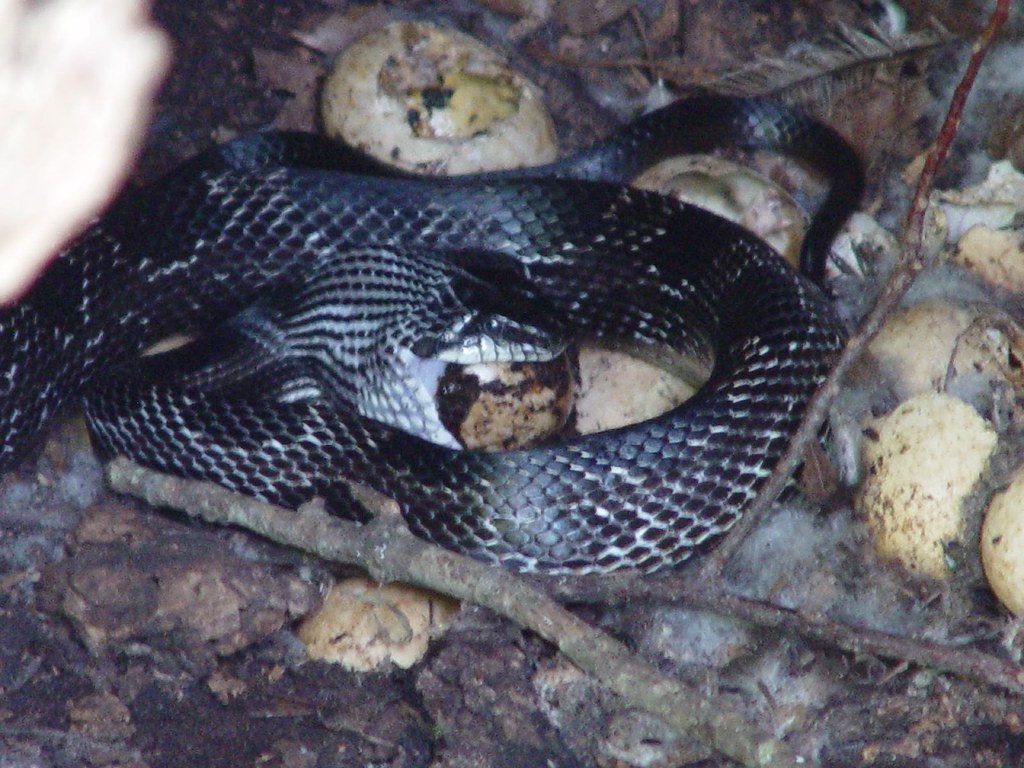
One of the most persistent myths about snakes in chicken coops is that they routinely steal and consume eggs. While certain snake species can and occasionally do eat chicken eggs, this behavior is far less common than many farmers believe. Rat snakes may opportunistically take eggs, but their primary dietary focus remains rodents, making their net benefit to the coop significantly positive. The occasional egg lost to a snake is minimal compared to the dozens of eggs that would be lost to unchecked rodent populations. Additionally, physical adaptations limit which snakes can consume chicken eggs – many beneficial species simply cannot unhinge their jaws enough to swallow standard chicken eggs, making egg predation physically impossible for them.
Creating Snake-Friendly Environments
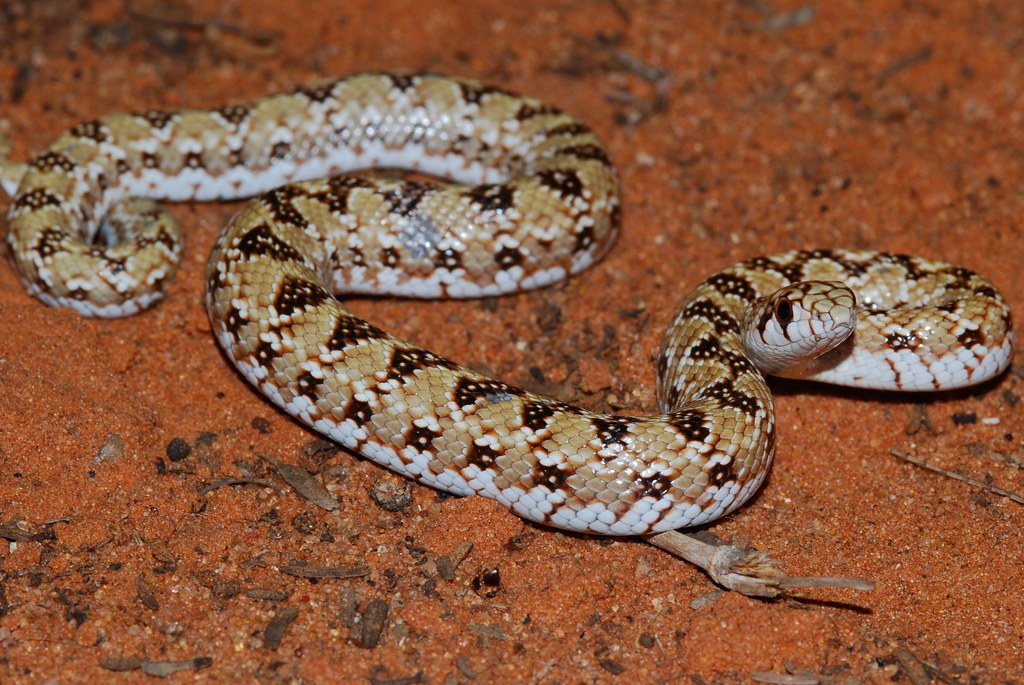
Farmers looking to encourage beneficial snakes around their coops can take several steps to create welcoming habitats. Brush piles, rock features, and log stacks near (but not inside) the coop provide ideal shelter for snakes while keeping them close enough to hunt coop-threatening rodents. Maintaining grassy areas with limited mowing around coops offers hunting corridors for snakes to patrol. Water features like small ponds or even sturdy water dishes placed in secluded areas provide necessary hydration, especially during dry periods. Avoiding the use of rodenticides is crucial, as snakes can be secondarily poisoned by consuming affected rodents, defeating the purpose of natural pest management.
The Science of Snake Deterrence
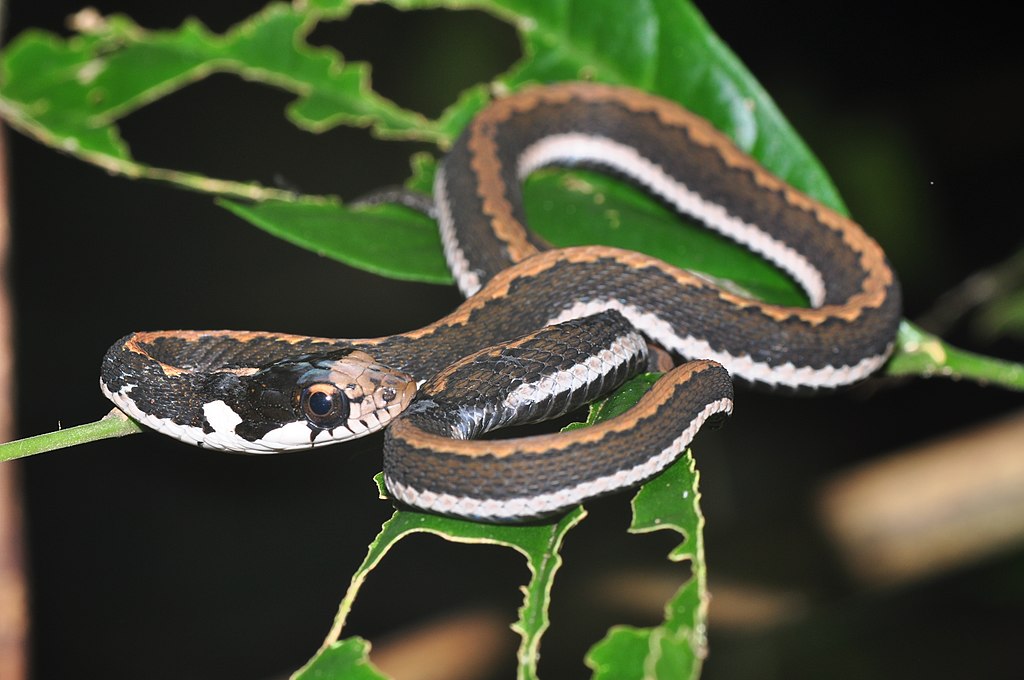
The effectiveness of snakes as rodent controllers extends beyond their direct predation. Scientific studies have demonstrated that rodents can detect snake pheromones and alter their behavior accordingly, often avoiding areas where these chemical signals are present. This creates a phenomenon researchers call a “landscape of fear,” where the mere presence of a snake—even when not actively hunting—reduces rodent activity. The effect is so pronounced that some researchers have experimented with synthesizing snake pheromones as rodent repellents. For chicken keepers, this means that even a single resident snake can significantly reduce rodent activity throughout an entire coop area through both direct hunting and chemical deterrence.
Educating the Next Generation

Changing cultural perceptions about snakes requires educational efforts, particularly among younger generations who will become future farmers and landowners. Agricultural education programs and 4-H clubs have begun incorporating information about beneficial predators, including snakes, into their curriculum. These programs teach children to identify common snake species, understand their ecological roles, and approach them with caution rather than fear. Some forward-thinking schools in rural areas have even developed “snake ambassador” programs where students help educate their communities about the benefits of these misunderstood reptiles. These educational initiatives represent an important step toward widespread acceptance of snakes as agricultural allies.
Balancing Safety Concerns
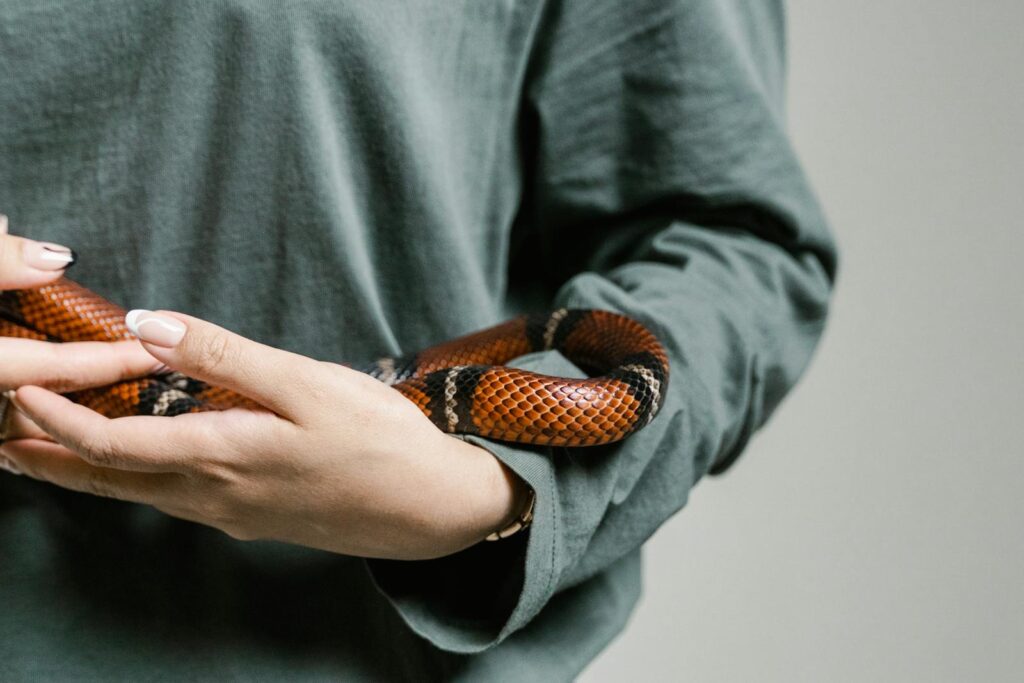
While promoting beneficial snakes around chicken coops, farmers must still maintain appropriate safety protocols. Establishing clear rules for family members and farm workers about checking areas before reaching into dark spaces can prevent accidental encounters. Wearing appropriate protective gear like gloves and boots when working in areas where snakes might be present provides an additional layer of protection. Teaching children to observe snakes from a distance rather than handling them prevents potential bites, even from non-venomous species. Creating designated pathways through high-traffic areas with short grass and minimal hiding spots allows humans to move safely through the farm while still maintaining snake-friendly habitat in strategic locations.
Global Perspectives on Snake Guardians
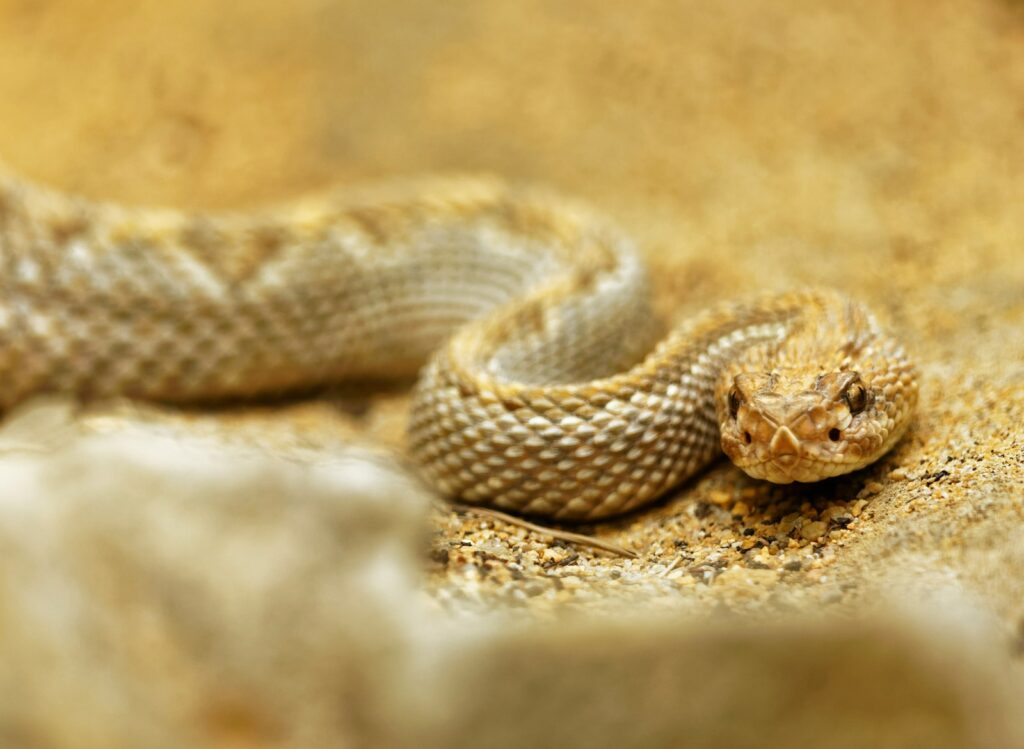
The practice of utilizing snakes as chicken coop protectors extends beyond North America, with various cultures developing their own traditions around these beneficial reptiles. In parts of India, farmers sometimes release rat snakes near grain storage areas and animal enclosures specifically to control rodents. Thai farmers often consider certain snake species to be symbols of good fortune when found near livestock areas. In parts of Africa, the presence of egg-eating snakes is tolerated because these specialized species focus exclusively on eggs while simultaneously deterring rodents that would cause greater harm. These diverse cultural perspectives demonstrate how agricultural communities worldwide have independently recognized the value of these reptilian allies.
Integrating Snakes into Modern Farming
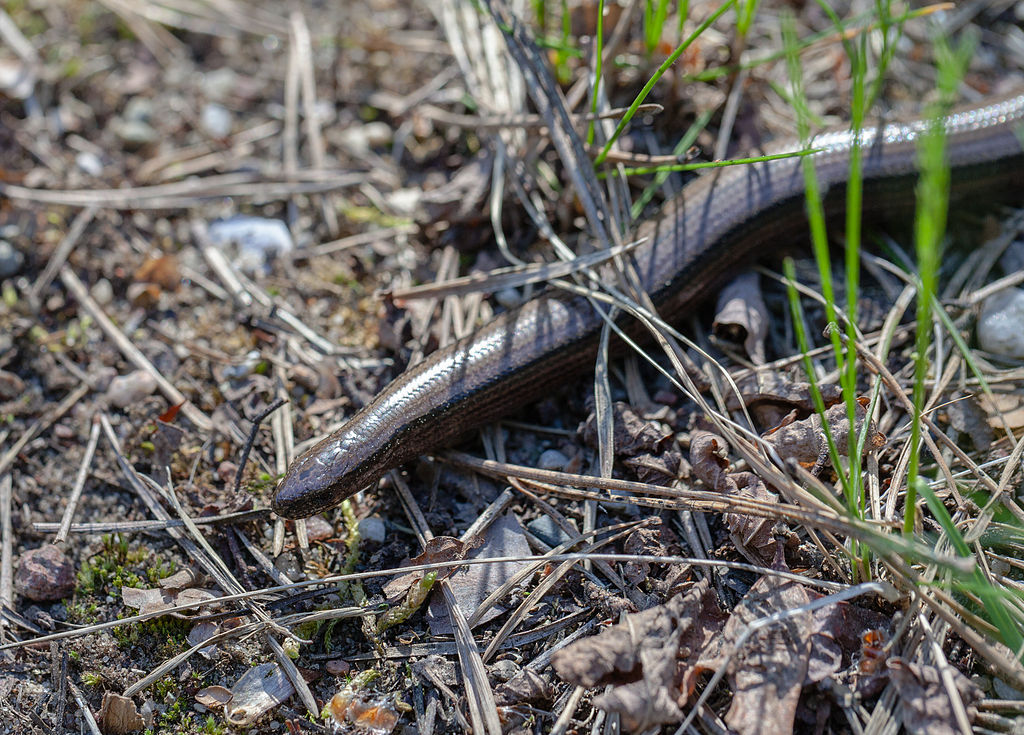
As sustainable and organic farming practices gain popularity, the intentional integration of beneficial snakes represents an emerging trend in holistic pest management. Forward-thinking agricultural extension programs have begun developing guidelines for “snake-friendly” farm designs that incorporate habitat features beneficial to these reptiles. Some organic certification programs now recognize natural predator encouragement, including provisions for snake habitat, as valid components of integrated pest management plans. Citizen science initiatives allow farmers to document and track snake populations on their properties, contributing valuable data to researchers studying these beneficial predators. This growing movement toward wildlife-integrated farming acknowledges the complex web of relationships that can benefit both agricultural production and ecosystem health.
The Future of Natural Guardians
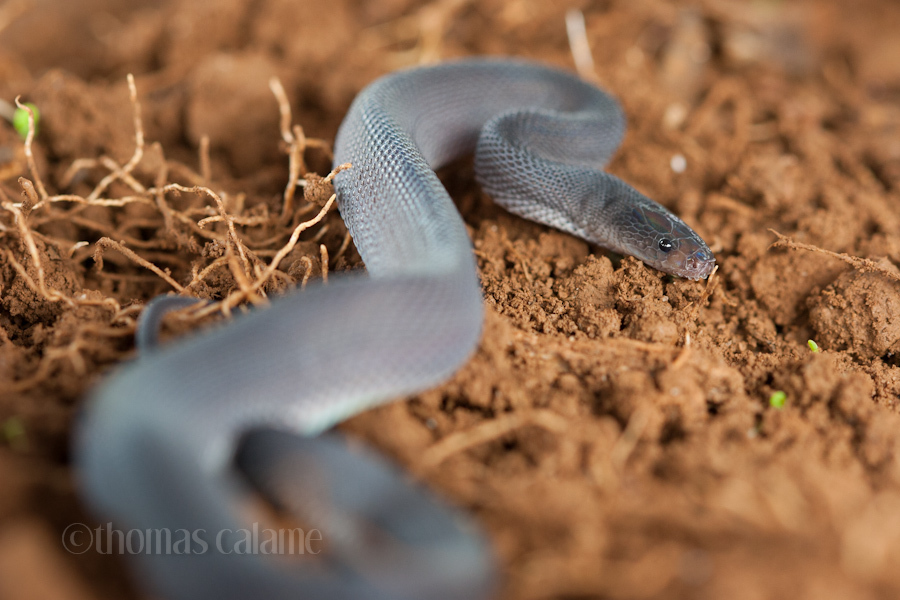
The relationship between snakes and chicken keepers continues to evolve as new research emerges about these complex ecological interactions. Conservation biologists are studying how protecting snake populations can benefit agricultural communities through enhanced pest control services. Climate change models predict shifting ranges for many snake species, potentially creating new opportunities for beneficial predator-prey relationships in previously unsuitable regions. Emerging technologies like remote monitoring systems could help farmers track snake activity around coops without disturbing these shy reptiles. As our understanding of these silent guardians deepens, their role in sustainable agriculture is likely to become increasingly recognized and valued by farming communities worldwide.
In conclusion, the quiet guardians of chicken coops represent one of nature’s most elegant solutions to pest management. These beneficial snakes offer poultry keepers a free, effective, and environmentally friendly method of controlling rodent populations that threaten both chickens and profits. By moving beyond fear and superstition toward a science-based understanding of these reptiles, farmers can harness the power of natural predators to create more sustainable and productive agricultural systems. The snake that protects the chicken coop may be quiet in its work, but its impact on farm ecology and economics speaks volumes about the value of working with—rather than against—the natural world.

